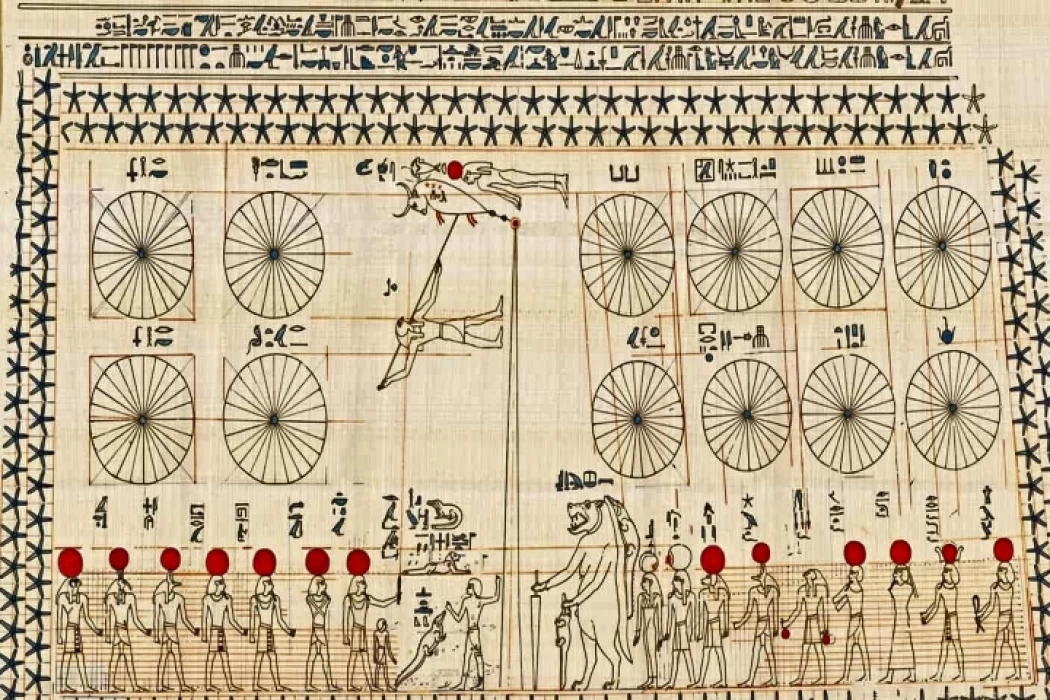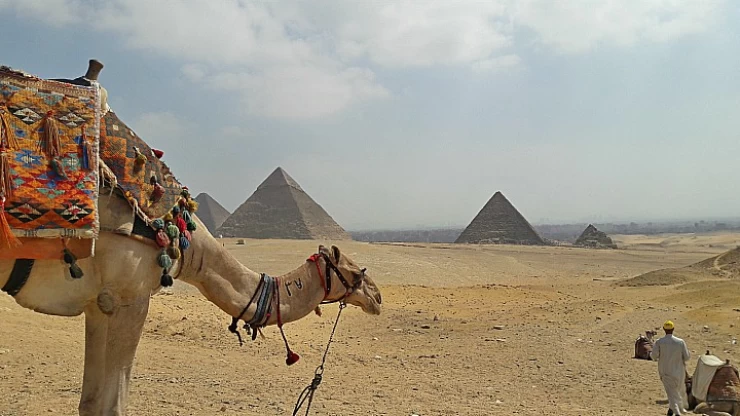
Ancient Egyptian Calendar
Details about Ancient Egyptian Calendar
The Egyptian calendar for the year 6265 begins on the first day of the month of Thoth, and his name in ancient Egypt (Thoth) Thoth is attributed to (Thothi), the symbol of wisdom, science and arts and the first to write with the pen, and Thoth or Tot or Jehuti is the god of wisdom among the ancient Egyptians, one of the lords of the cosmic Thamun Al-Ashmonin.
The calendar of ancient Egypt is customarily called the Tuti calendar, as the first month of the Egyptian year is referred to as ‘Tut’. The ancient Egyptians were so skilled at measuring time, segregating days and months in a year, that this task was even assigned to the goddess Toh.
The ancient Egyptian New Year currently falls on 11 September, the first day of the month of ‘Thoth’ or ‘Tut’ in the ancient Egyptian calendar, where this day is known as ‘Nowruz’ for the Copts, and was known in the past as ‘Bat Ranbet’ meaning the opening of the year, i.e. the beginning of the new year.
A year in Egypt comprised 13 months which also insists the calendars that worked in favour of the pyramid builders were solar manned calendars that sought to balance out the 13 months of a year that was man’s sun, as this man is thought to be one of the earliest calendars in the world.
The history of the Egyptian calendar can be dated back to at least the year 4241 BC. This is before the rise of the Dynasty Period and the unification of Egypt for that matter. The ancient Egyptians in their superior civilization assessed the lunar period and structured it further into seasons, months, days, and even hours. They were also able to fathom a simple year and a leap year which for the then existing technological level was nothing short of a miracle in astronomy.
Ancient Egypt's calendar was linked to agriculture
For millennia, the temperature has been trusted by the Egyptian farmer to decide the exact time for planting a tree and which crops to put in. Across various cultures, ancient calendars were influenced by The Egyptian calendar, bearing in mind the diversity of solar and lunar calendars. Countings were done with respect to the spinning of the sun and hence the year was split into thirteen segments. Even with the succession of transformations that came upon it in the later years, it is the finest model of forecasting ever made so far owing to climatic factors as well as different seasons of farming.


















